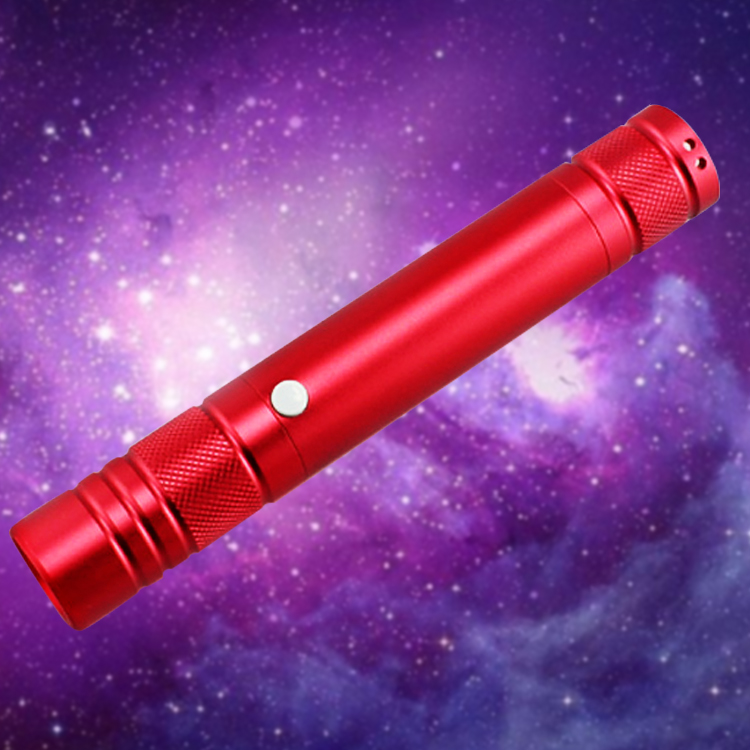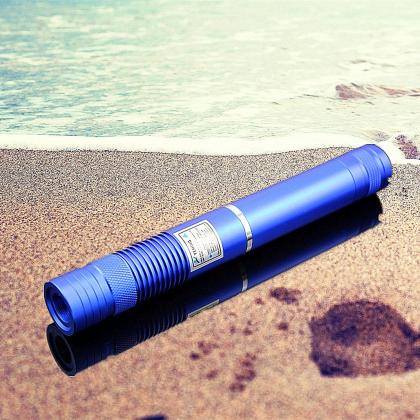Laser pointers have been used in conference rooms for years, and if used responsibly, they can be an effective tool. Recently, the devices have been widely sold as novelty items due to price cuts, and there have been complaints that some attendees were being misused during conferences.
How to see the danger of laser pointers transmitted on the Internet?
Laser, an acronym for Light Amplification by Stimulated Emission, is an extremely bright light source. A 1mW visible laser is about a million times brighter than a 100-watt light bulb, and under certain conditions, this light can cause eye damage. Lasers are divided into four main categories to identify the risks associated with them. Level 1 represents minimal hazard, no damage to eyes is expected from exposure to direct or reflected light.
Class 1 lasers are not bright enough to be used as pointers, so green laser pointer are class 2 or 3A. The latter fires up to 5 milliwatts of power and produces an eye-damaging exposure faster than the blink of an eye. The UK has banned the sale of Class 3A laser pointers, although they are legal in Canada and the US. Several state and local governments in the United States have regulations restricting the use of Class 3A pointers.
Exposing a person's eyes to the instantaneous scan of a Class 2 or 3 laser beam can cause temporary blindness, afterimages, and glare, which can be especially dangerous if the person is involved in vision-critical activities. There have been documented cases of retinal damage following multiple exposures to Class 3A laser pointers.

Safety Notice:
• Recognize that Class 2 and Class 3A laser pointers are not toys, especially that Class 3A lasers can cause eye damage;
• Purchase only pointers that display power output, laser hazard classification, and potential eye hazard warnings on the label or in the instructions for use;
• Avoid purchasing a Class 3A laser pointer unless required for a specific purpose;
• Only pointers with a maximum Class 2 label (less than 1 mW) and wavelengths between 630 and 680 nm are recommended. If you have a choice, buy a laser pointer with a shorter wavelength: a 1mW laser at 630nm will be much brighter than a 5mW laser at 670nm;
• Do not look directly into the high power laser pointer beam;
• Do not point the pointer at people or reflective surfaces;
• Only buy hands that only show when you press with your finger.

